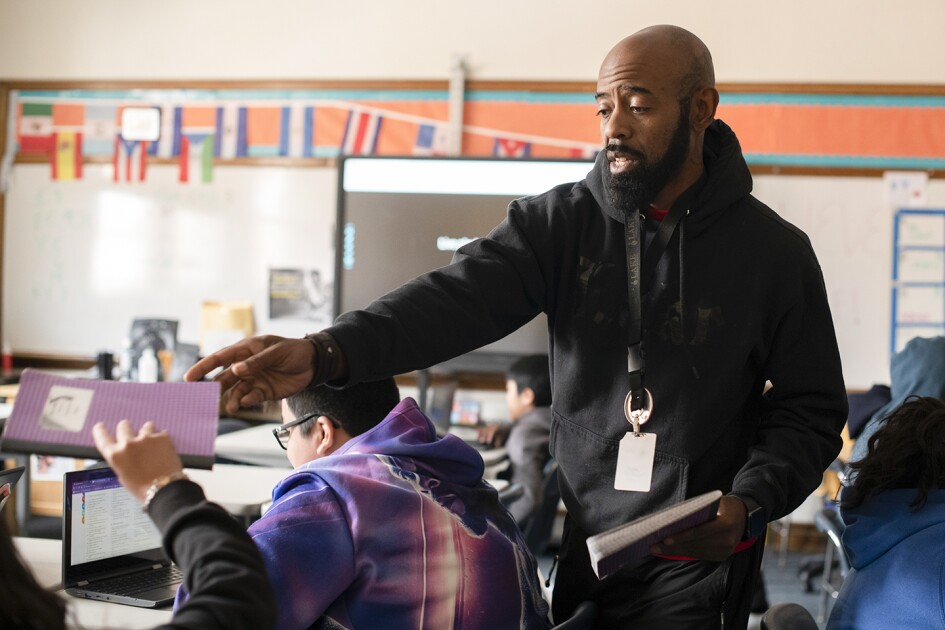This is a story of how I lost my glasses.
It’s OK—they were rose-colored anyway. Three years ago, I was a high school social studies teacher, content in my world. But that world was changing. Ten years of budget cuts were stressing Oklahoma education to the point of no return. I decided to run for office to try to do something about it.
I was amazed by the people who came out to support me, an ordinary teacher, and gratified when I won election to the statehouse. Friends and strangers came out to help me knock doors, hold events, and raise the dollars that are critical to competitive campaigns. I am humbled when I think of those volunteers and supporters.
But I was also puzzled by the absence of some I expected to see in the fight. In my head I had romantic notions about the coalition that would come out to support our schools: the legions of teachers, students, and parents who would fight for better education policies.
Teachers have work to do—I have work to do—in gathering the kind of broad-based support we need to restore public education.
The truth was much more mixed. Yes, teachers and their supporters came to the state capitol in the tens of thousands to protest for more education funding. Yes, I had the support I needed to win. But election 2018 actually strengthened the stranglehold of the GOP, under whose leadership education spending had declined 28 percent since 2008. In the statehouse, Democrats declined from 28 to 24 of 101 House seats.
Some of my seniors were angry that the walkout extended their school year by two weeks. I had given my seniors assignments over that period, to keep them ready for end-of-year exams. When I checked on their progress, one student replied: “I figured if you teachers weren’t going to work, I wasn’t going to work.” His contempt was palpable. Was that what he thought the walkout was about?
It seems the very people for whom we marched and campaigned were not always on board for our fight. In recent years we have seen students take strong stands for climate policies, gun law reform, and transgender rights, but where is the student outcry for school funding?
In retrospect, I wonder if you can expect students, themselves the product of years of budget cuts, to appreciate the gradual changes happening around them. And when the system teaches them to compete for colleges by packing their schedules with hard classes and service projects, can you expect them to take time out and join a fight like the teacher walkout?
Teachers have work to do—I have work to do—in gathering the kind of broad-based support we need to restore public education. We need to broaden our coalition, recognizing that teaching is a political act.
Our opponents are organizing. In April, the Oklahoma Republican Party adopted convention language calling for withholding state funding from districts that allow teachers to strike or walkout. There are legislators who sneer at the “education lobby” and their calls for higher salaries and smaller classrooms. Some hint darkly of going after our flex benefits, saying that “we can’t afford them.” I wonder how we afforded the decade of tax cuts that got Oklahoma into this hole in the first place.
So did the “Teacher Spring” rescue public education? No. That battle is ongoing. But it did teach us that we can be strong when we stand up for what is right. We’ve learned to organize again and to fight back. Now we need to organize some more. Let’s get to work.








